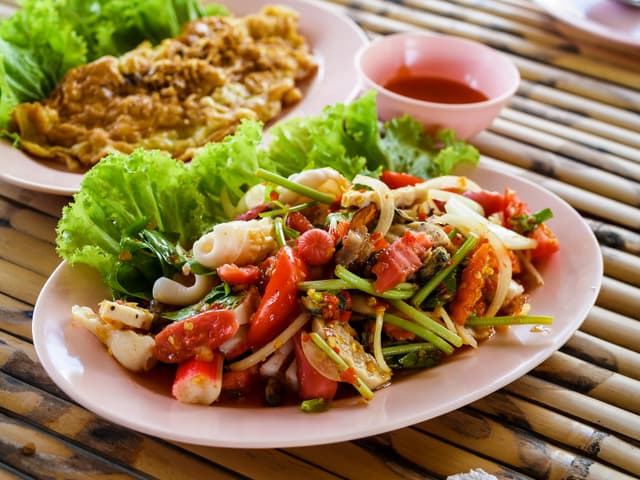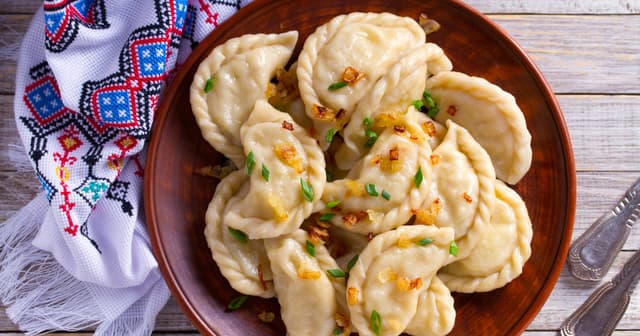Thai Cuisine vs. Polish Cuisine
Thai Cuisine
Thai cuisine is all about bold flavors, fresh ingredients, and a balance of sweet, sour, salty, bitter, and spicy tastes. Every meal feels like a mix of contrasts that somehow just works. You’ve got fragrant herbs like lemongrass, Thai basil, and kaffir lime leaves, paired with staples like fish sauce, chili, and coconut milk. Rice is at the heart of it all—jasmine rice is common in central and southern Thailand, while sticky rice rules up north and in the northeast. Meals are usually shared. There’ll be a spread of dishes—maybe a curry, a stir-fry, a soup, and a salad—all eaten with rice in the middle. The idea is to balance flavors across the meal rather than in just one dish. You might get the rich creaminess of massaman curry alongside the sharp, spicy crunch of som tam (green papaya salad) and the comforting warmth of a clear broth like tom yum. Street food is a huge part of everyday life. Walk down any road and you’ll find vendors grilling skewers of marinated meat, tossing noo...
Polish Cuisine
Polish cuisine is all about comfort, rich flavors, and tradition. It’s the kind of food that sticks to your ribs, perfect for long winters and big family gatherings. Think hearty soups, meat-heavy dishes, and a lot of potatoes, cabbage, and bread. Pierogi are probably the most famous Polish dish—soft dumplings filled with anything from potato and cheese to meat, mushrooms, or sweet fruits. Then there’s bigos, a slow-cooked hunter’s stew packed with sauerkraut, fresh cabbage, sausage, and sometimes even wild game. It’s the kind of dish that gets better the longer it sits. If you like schnitzel, you’ll love kotlet schabowy, a breaded pork cutlet usually served with mashed potatoes and pickled cucumber salad. And for something truly Polish, there’s żurek—a sour rye soup with sausage and egg, often served in a bread bowl. Poland is also big on fermented foods like ogórki kiszone (pickled cucumbers) and kapusta kiszona (sauerkraut), which add a tangy kick to meals. And if you have a swee...
Reviews
Reviewed on 2/24/2025
Really spicy. Plenty of fresh ingredients and lots of variety. Famous for tom yum, pad thai, and curries. I find Thai cuisine, and especially their street food, exceptionally creative. Writing this makes me really miss Thai food. The only downside is that it can be too spicy for foreigners like me.

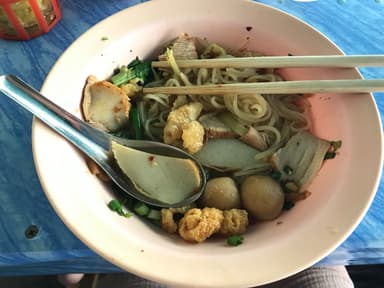
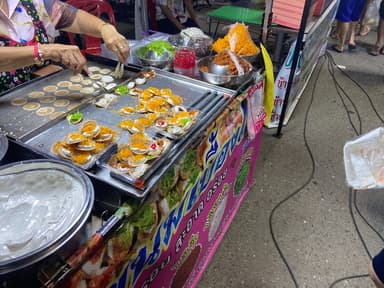
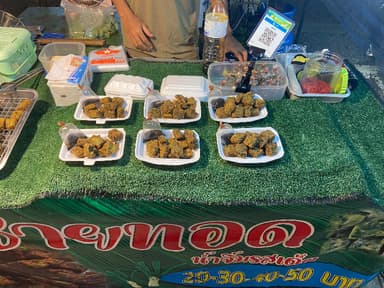
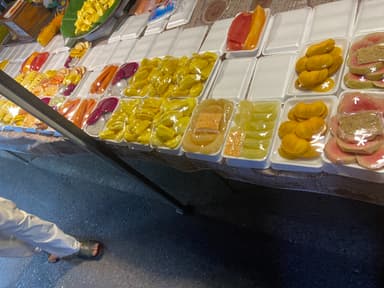
Reviews
Reviewed on 2/28/2025
Kind of heavy but delicious. Lots of cheese, meat, potatoes and cabbage. Also, many many soups. Pierogi, bigos, kiełbasa, gołąbki, borsch.
| Item | Votes | Upvote |
|---|---|---|
| Very spicy | 2 | |
| Very flavorful | 2 | |
| Much affordable | 2 |
| Item | Votes | Upvote |
|---|---|---|
| Very spicy | 2 | |
| Can be hard on the belly | 2 |
| Item | Votes | Upvote |
|---|---|---|
| delicious | 2 |
| Item | Votes | Upvote |
|---|---|---|
| No cons yet, would you like to add one? | ||
Frequently Asked Questions
Thai Cuisine is known for its spiciness and variety of fresh ingredients, featuring dishes like tom yum, pad thai, and curries. It is often described as very flavorful and affordable. However, its spiciness can be both a pro and a con, as it might be hard on the stomach for some people. On the other hand, Polish Cuisine is characterized by its heavy, hearty dishes, including pierogi, bigos, kiełbasa, gołąbki, and various soups. It is praised for being delicious but tends to be rich and filling. The choice between the two depends on your preference for spicy and light dishes versus hearty and filling meals.
Thai Cuisine is significantly spicier than Polish Cuisine. Thai dishes often feature a high level of spiciness, which is a hallmark of this cuisine. In contrast, Polish Cuisine typically does not emphasize spiciness and focuses more on hearty and savory flavors.
Thai Cuisine is generally considered more affordable compared to Polish Cuisine. Thai dishes often use fresh, inexpensive ingredients and are known for being budget-friendly.
Thai Cuisine offers a greater variety of flavors due to its diverse use of spices, herbs, and fresh ingredients. Thai dishes can range from sweet and sour to spicy and savory, providing a broad spectrum of taste experiences. Polish Cuisine, while delicious and hearty, tends to focus more on savory and rich flavors.
Thai cuisine is characterized by bold flavors, fresh ingredients, and a balance of sweet, sour, salty, bitter, and spicy tastes. It features fragrant herbs like lemongrass and Thai basil, paired with staples such as fish sauce, chili, and coconut milk. Meals typically include a variety of dishes shared among diners, with rice at the center. Street food plays a significant role in Thai culture, offering a wide range of delicious options.
Pros of Thai Cuisine include its very spicy and flavorful dishes, as well as its affordability. However, some cons are that it can be very spicy and may be hard on the belly for some individuals.
Popular dishes in Thai Cuisine include tom yum soup, pad Thai, and various curries. Each region in Thailand offers its own specialties, such as khao soi in the north and fiery curries in the south.
The ambiance of enjoying Thai Cuisine is often lively and communal, with meals typically shared among friends and family. Street food vendors create a vibrant atmosphere, allowing diners to experience the bustling culture of Thailand while enjoying a variety of flavorful dishes.
Common ingredients in Thai Cuisine include jasmine rice, sticky rice, fish sauce, chili, coconut milk, and a variety of fresh herbs such as lemongrass, Thai basil, and kaffir lime leaves.
Polish cuisine is characterized by comfort, rich flavors, and tradition. It features hearty soups, meat-heavy dishes, and staples like potatoes, cabbage, and bread. Some of the most famous dishes include pierogi (dumplings), bigos (hunter's stew), kotlet schabowy (breaded pork cutlet), and żurek (sour rye soup). Desserts like pączki (doughnuts) and sernik (cheesecake) are also popular, and meals are often accompanied by vodka or tea.
The pros of Polish cuisine include its delicious and hearty nature, with a focus on comfort food that is perfect for family gatherings. Users have noted that the food is rich in flavors and offers a variety of dishes. However, there are no specific cons listed, though some may find the cuisine to be heavy due to its meat and cheese content.
Some popular dishes in Polish cuisine include pierogi (dumplings filled with various ingredients), bigos (hunter's stew), kotlet schabowy (breaded pork cutlet), and żurek (sour rye soup). Additionally, fermented foods like ogórki kiszone (pickled cucumbers) and desserts such as pączki (doughnuts) and sernik (cheesecake) are also well-loved.
Polish cuisine is often paired with vodka, which has a long-standing tradition in Poland. For those who prefer milder options, hot tea with lemon or kompot, a homemade fruit drink, are also popular choices to accompany meals.
Dining on Polish cuisine typically evokes a warm and inviting atmosphere, perfect for family gatherings and celebrations. The focus on hearty, comforting dishes creates a sense of home and community, making it a delightful experience for those who enjoy rich flavors and traditional meals.
Related Content & Alternatives
- 2
 2.Poland
2.PolandPoland sits in Central Europe, stretching from the Baltic Sea in the north to mountains in the south. It shares borders with Germany to the west, Lithuania and Russia to the northeast, and several other countries along the east and south. Its landscape is a mix—flat plains in the center and north, and hilly or mountainous areas in the south. The coastline along the Baltic Sea is known for sandy beaches and coastal ridges. Inland, there are thousands of lakes, especially in the northeast, and big rivers like the Vistula and Oder cut across the land. The weather is temperate. Summers are warm, winters moderately cold. Rain tends to fall more during the summer months, and winters are becoming drier over time. Poland has deep roots in European history. It became a kingdom in 1025, later forming a powerful union with Lithuania. The Polish–Lithuanian Commonwealth was once one of Europe’s biggest states, with a unique political system. Poland's fortunes shifted in the late 18th century, when its neighbors carved it up, erasing it from maps for over a century. It re-emerged after World War I, only to be invaded at the start of World War II—a conflict that brought devastation and the horrors of the Holocaust. After the war, Poland fell under Soviet influence, but by 1989, it was the first Eastern Bloc country to shake off communism, thanks largely to the Solidarity movement. Today, Poland is a democratic country with a population of over 38 million. Warsaw, the capital, is the largest city. Others like Kraków, Gdańsk, and Wrocław are known for historic centers and vibrant culture. The economy is strong, with Poland being one of the larger economies in the European Union. Nature lovers come for places like the Tatra Mountains or the ancient Białowieża Forest, home to Europe’s largest land mammal—the European bison. There are 23 national parks, and over 17 sites are recognized as UNESCO World Heritage locations, from medieval town squares to the haunting Auschwitz-Birkenau memorial. Culturally, Poland has a rich tradition of music, literature, and art. Composer Frédéric Chopin and novelist Joseph Conrad both came from here. More recently, Poland’s fantasy literature, like Andrzej Sapkowski’s The Witcher series, has found global fame. Polish cuisine is hearty, with dishes like pierogi (dumplings), bigos (a cabbage and meat stew), and żurek (sour rye soup). Vodka has its roots here, but beer and wine are also popular. Sports are big in Poland—football (soccer) is a national passion, though volleyball and speedway racing attract large crowds too. The country also boasts top tennis players like Iga Świątek and mountaineers who’ve climbed the world’s highest peaks. Despite its complicated past, Poland today balances its historical heritage with modern growth. Old town squares sit beside new buildings, and traditions are kept alive alongside a fast-developing economy and infrastructure.
- 2
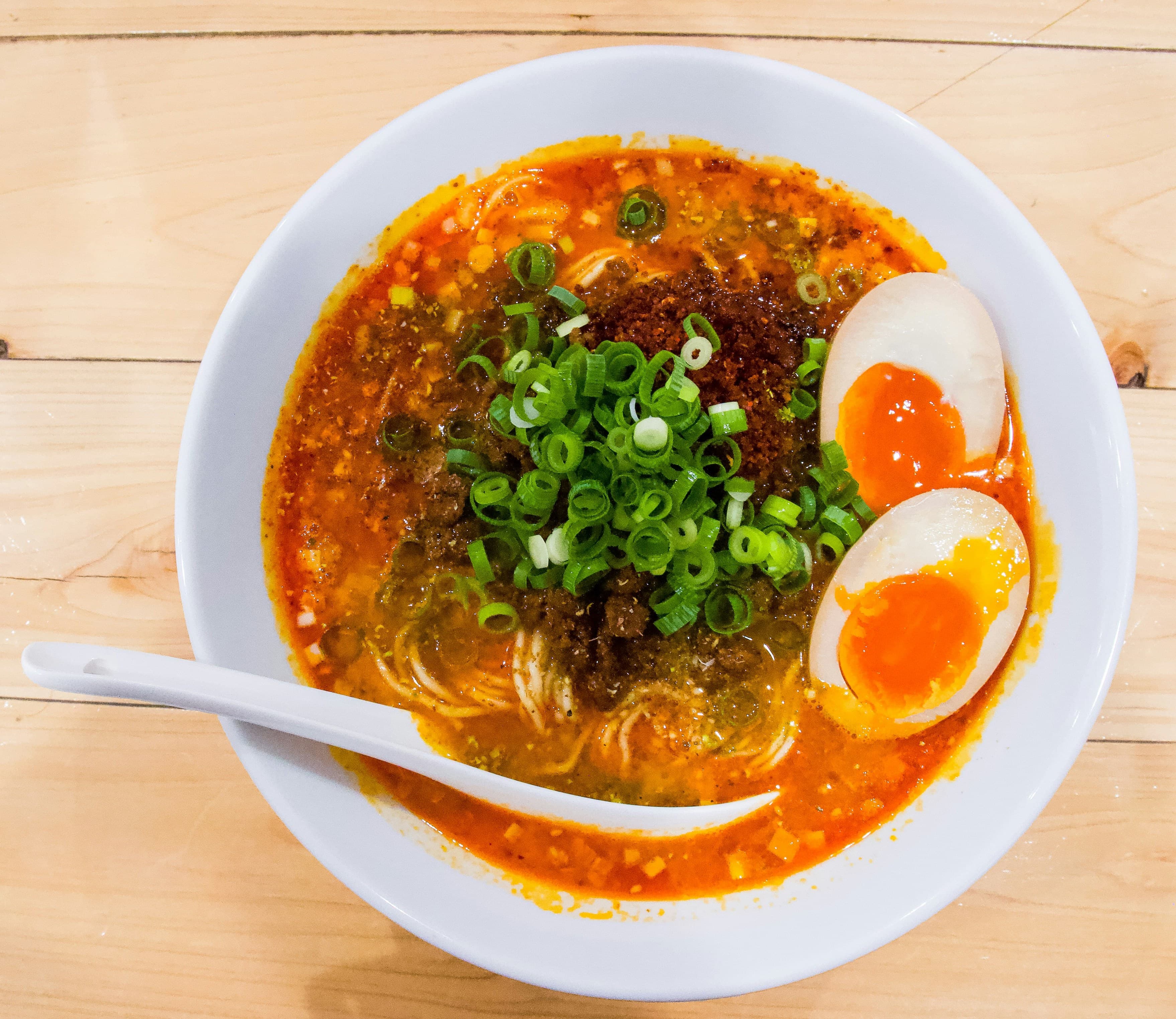 1.Tantanmen
1.TantanmenAlso know as Tan Tan Ramen. This is the best ramen, period. Rich, creamy, and spicy, topped with eggs and ground pork. It has a distinctive flavor thanks to the use of chili oil and doubanjiang, a type of spicy bean paste. It originated from similar Sichuanese dish called Dandan noodles.
- 2
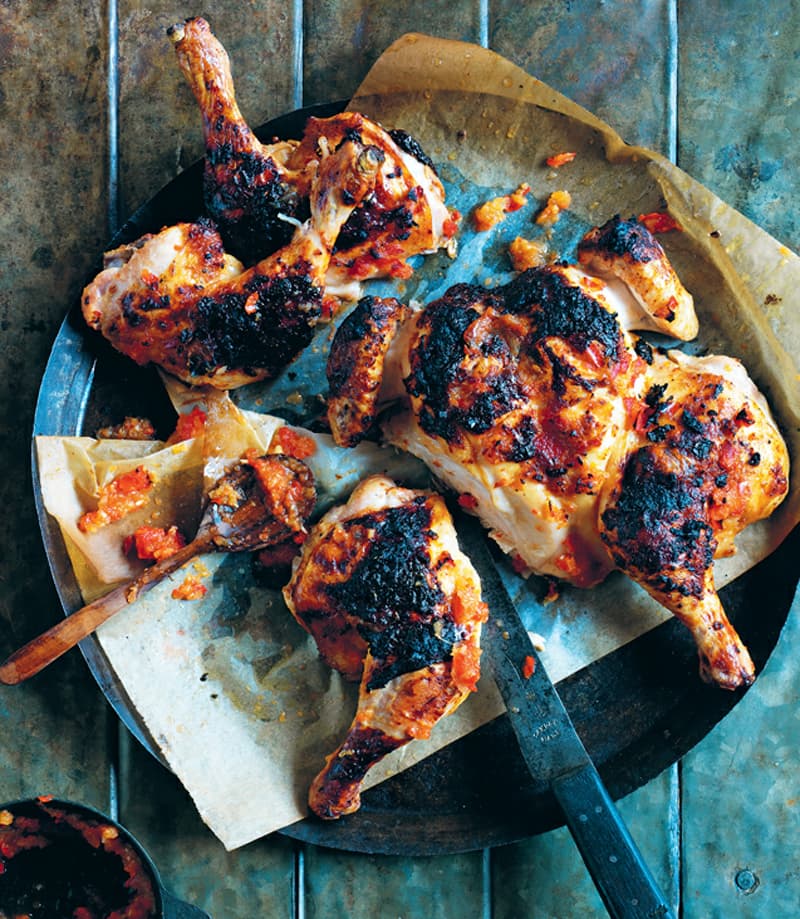 2.Piri Piri Roast Chicken
2.Piri Piri Roast ChickenPiri Piri roast chicken is arguably the best dish for those who cherish bold flavours and succulent meat. The dish’s main draw is the Piri Piri sauce—a fiery blend of chilli peppers, garlic, lemon, and herbs that hails from Portuguese cuisine but is infused with African influence, giving it a tantalizing kick. The chicken is marinated in this spicy sauce, allowing the robust flavours to penetrate deeply and ensuring every bite is infused with spice and zest. Roasted to perfection, the skin becomes crispy and golden, while the meat inside remains tender and juicy. This delightful contrast in textures, combined with the heat from the Piri Piri sauce, offers a sensory experience that is both satisfying and exhilarating. The dish’s simplicity, requiring few ingredients but delivering complex flavour profiles, makes Piri Piri roast chicken not just a meal but an experience—one that celebrates the harmony of heat, spice, and expert culinary technique.
- 1
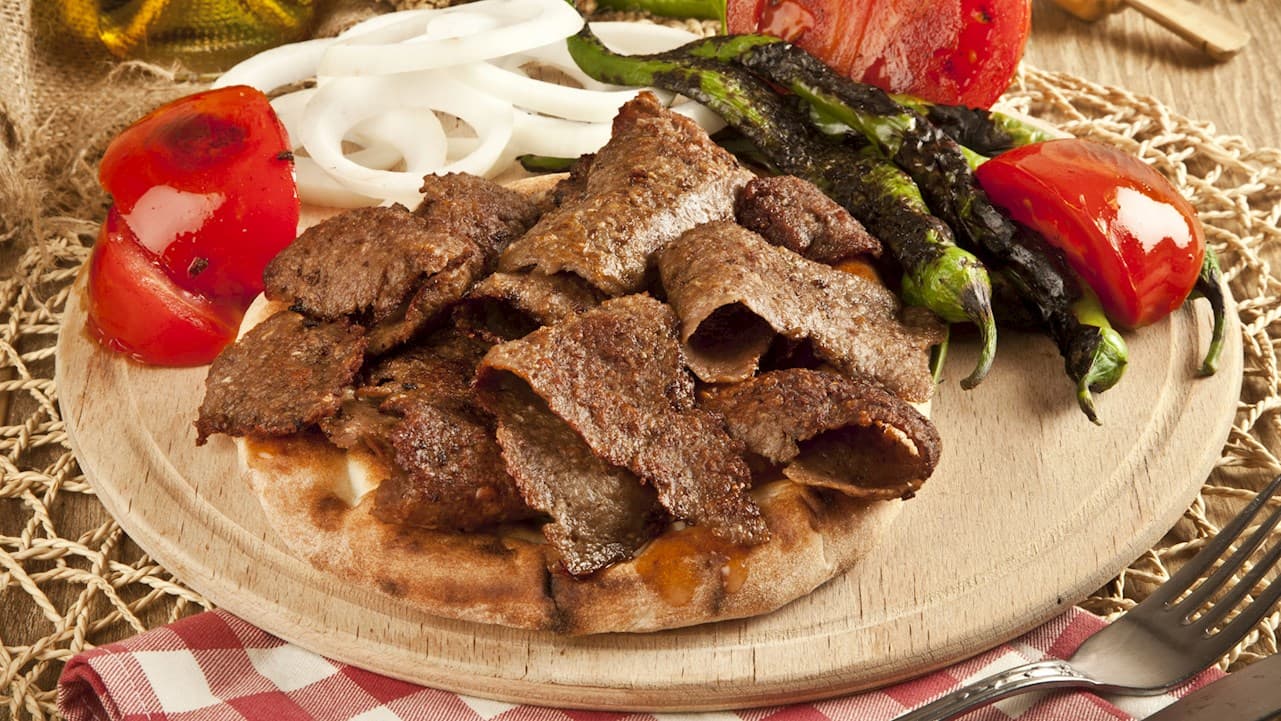 3.Doner Kebab
3.Doner KebabDoner Kebab, with its perfectly spiced, succulent slices of meat crisped to perfection, nestled in fresh, fluffy bread, and complemented by an array of vibrant, tangy sauces and fresh vegetables, offers an unrivaled symphony of flavors. This culinary masterpiece marries the art of seasoning and grilling, making each bite an unforgettable taste sensation that dances across the palate. Its universal appeal lies not just in its deliciousness, but in its ability to bring together the best of global flavors, making it a top contender for the best-tasting dish in the world.
- 0
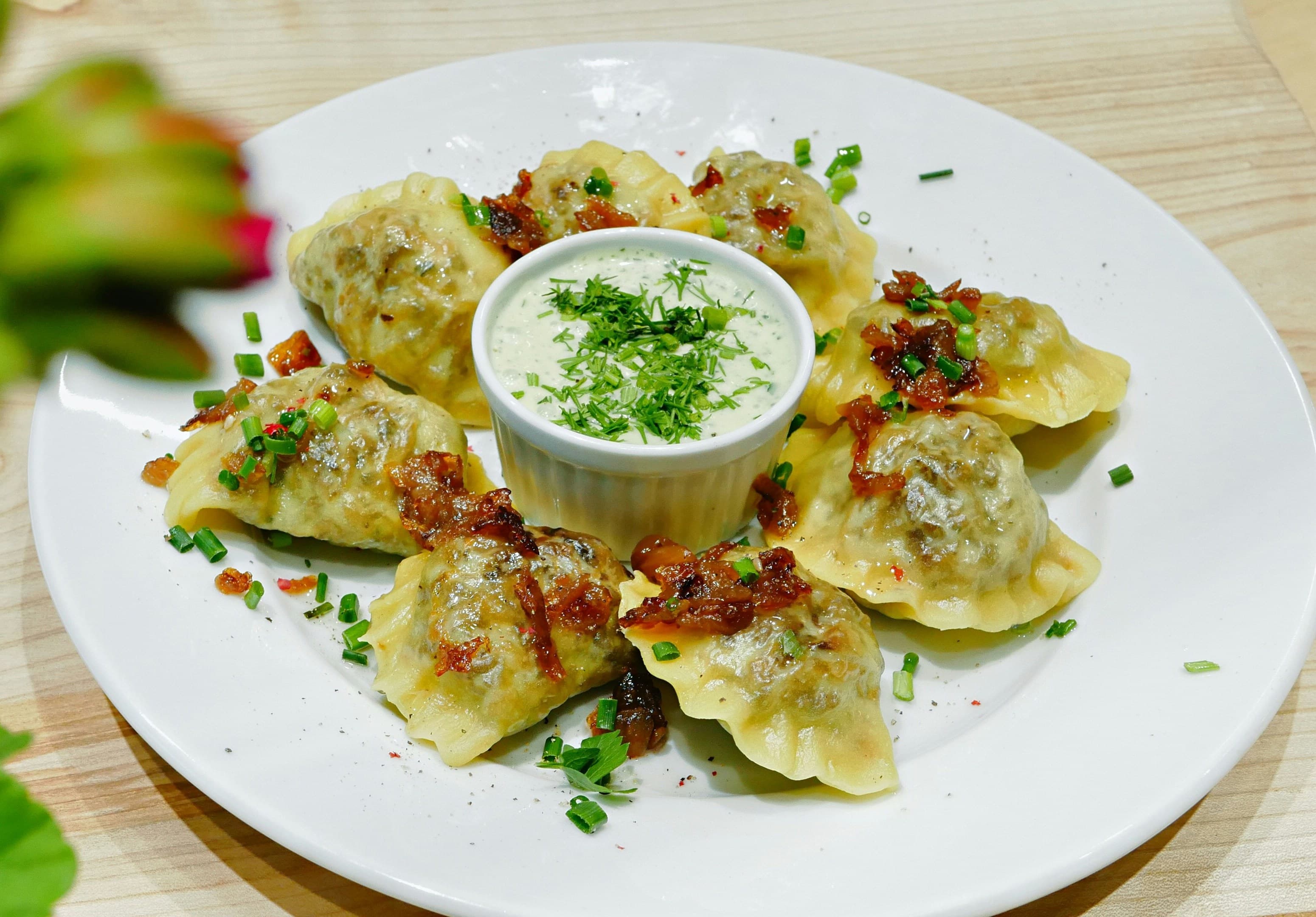 4.Pierogi Ruskie
4.Pierogi RuskieThe quintessential Polish dish. Made with white cheese, potatoes, salt, pepper, and onions. Topped with sour cream and bacon. Yum!
- 0
 5.Currywurst
5.CurrywurstCurrywurst is a German street food made of a pork sausage, usually a bratwurst, that's grilled or fried, then sliced into bite-sized pieces. It's topped with a curry-flavored ketchup sauce—basically a mix of ketchup, curry powder, and sometimes extra spices like paprika. It’s often served with fries or a bread roll to mop up the sauce. It was first made in Berlin in 1949 by a woman named Herta Heuwer, who got ketchup and curry powder from British soldiers after World War II. She mixed them up, poured it over some sausage, and started selling it at a street stand. It caught on fast, especially with construction workers rebuilding the city. Today, you can find currywurst all over Germany, but Berlin is still its unofficial home. There used to be a whole museum dedicated to it, which shows how much people love the stuff. You usually get it on a paper plate with a tiny wooden fork, and everyone has their preference—some like more curry powder on top, others a spicier sauce. Volkswagen even makes its own currywurst for employees, which is a bit wild when you think about a car company also being a sausage producer. All in all, it’s simple, messy, and filling—the kind of food you grab when you’re hungry and don’t want to overthink it.
- 3
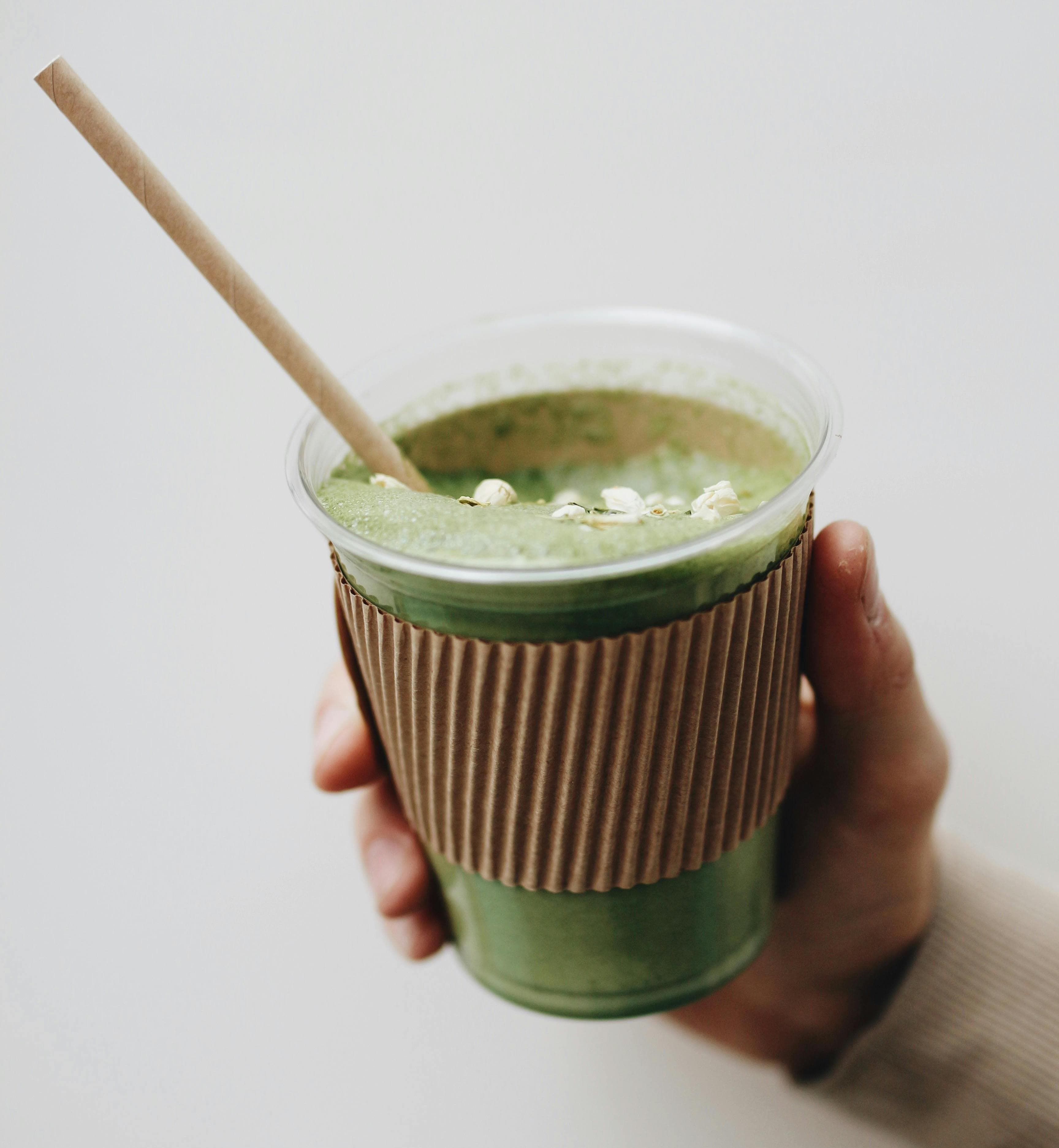 1.Matcha Tea
1.Matcha TeaMatcha tea is a smooth, vibrant green beverage made by whisking finely ground green tea leaves into hot water. Unlike regular green tea, where the leaves are steeped and removed, matcha is fully consumed, which gives it a fuller body and a richer, more complex flavor. The taste is a blend of grassy freshness, gentle bitterness, and a deep, savory umami that lingers pleasantly. High-quality matcha can be surprisingly sweet and creamy, while lower grades tend to be more astringent. Preparing matcha is as much about the process as it is about the drink itself. The powder is first sifted into a bowl to break up any clumps, then a small amount of hot water—usually around 80°C—is added. Using a bamboo whisk, called a chasen, the tea is briskly whisked in a zigzag motion until a layer of fine, soft foam forms on top. This foam not only looks appealing but also softens the tea’s natural bitterness, creating a silky texture and smooth mouthfeel. There are two primary styles of matcha tea: usucha and koicha. Usucha, or thin tea, is lighter and frothy, offering a refreshing and balanced flavor—this is the kind you’ll often find at cafés or casual settings. Koicha, or thick tea, uses more powder and less water, resulting in a dense, velvety texture with a bold, concentrated taste. Koicha is typically reserved for formal tea ceremonies, where the ritual of preparing and drinking it becomes a slow, meditative experience. The tea’s striking green color comes from how the tea plants are grown. For several weeks before harvest, the plants are shaded from sunlight, which boosts their chlorophyll content and preserves amino acids like theanine. This process enhances the tea’s umami flavor while reducing bitterness. It’s also what gives matcha its calming effect despite containing caffeine—the theanine promotes a sense of focused relaxation, making it popular with those seeking gentle alertness rather than the jittery kick of coffee. Though matcha has deep roots in Japanese tea culture, where it’s long been associated with mindfulness and simplicity, it’s found new life in modern drinks like lattes, iced teas, and smoothies. Whether enjoyed during a traditional tea gathering or as part of a morning ritual at home, drinking matcha is about more than just taste—it’s a small, calming moment of pause in a busy day.
- 1
 5.Thai Tea
5.Thai TeaThai tea is a sweet, creamy drink made from strong black tea, usually Ceylon or a local version of Assam. It’s brewed with sugar and often flavored with condensed milk, giving it that rich, smooth taste and signature orange color. When served cold, it’s poured over ice, sometimes with a splash of evaporated milk on top for that creamy swirl. In Thailand, you’ll find it in tall glasses at restaurants or in plastic cups or bags from street vendors. Some places even turn it into a blended drink, like a frappé. There are variations too—like a version without milk called “dark Thai iced tea,” or one with lime for a citrusy kick. People drink it hot in the mornings as well, often with fried dough sticks.
- 2
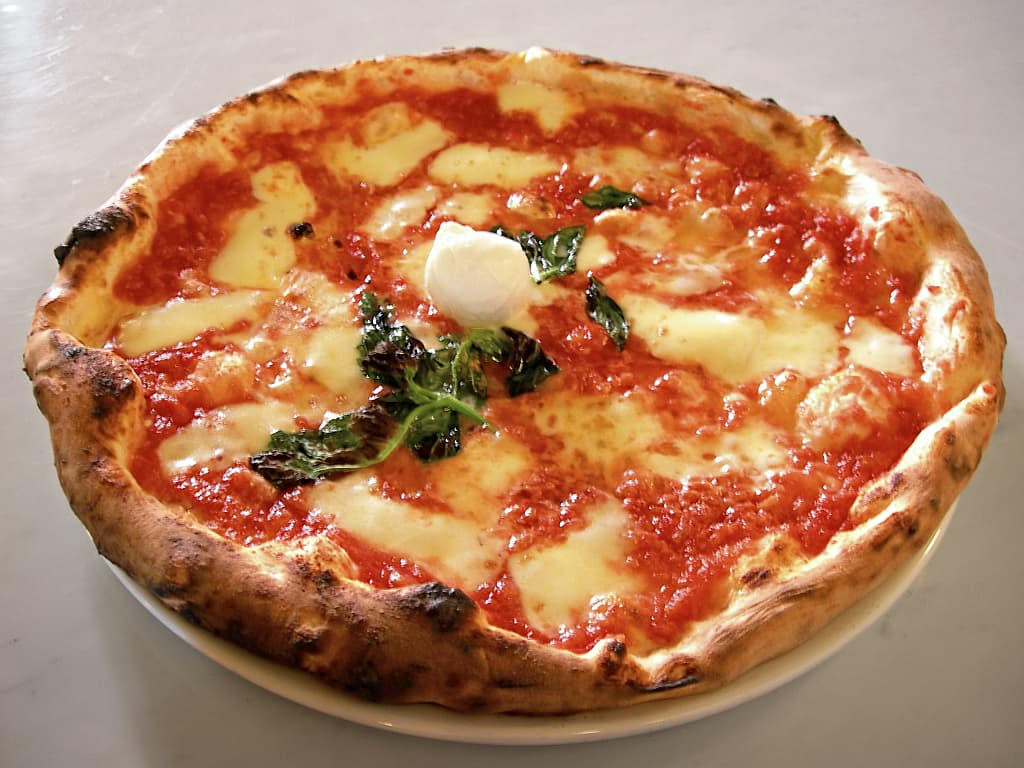 3.Italian cuisine
3.Italian cuisineThe one that we all know and love. Pizza, pasta, risotto, gnocchi, tortellini and many, many more. Also ice cream aka gelato. And limoncello. And wine. Italians love food and it shows.
- 2
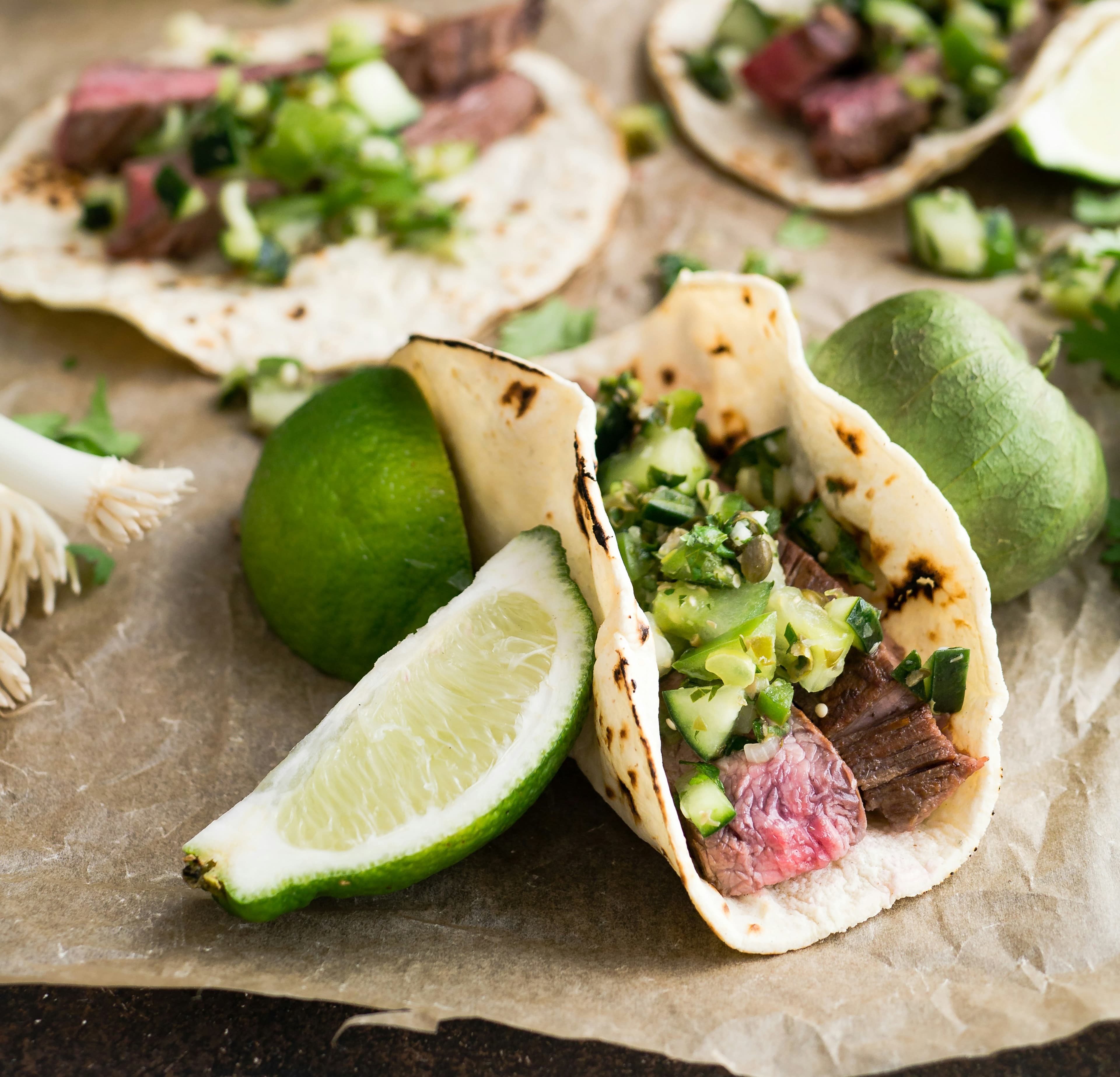 4.Mexican Cuisine
4.Mexican CuisineThe one that we all know and love! Tacos, nachos, burritos, guacamole, quesadilla, tamales - I could go on and on! Spicy, tasty and full of fresh ingredients.
- 1
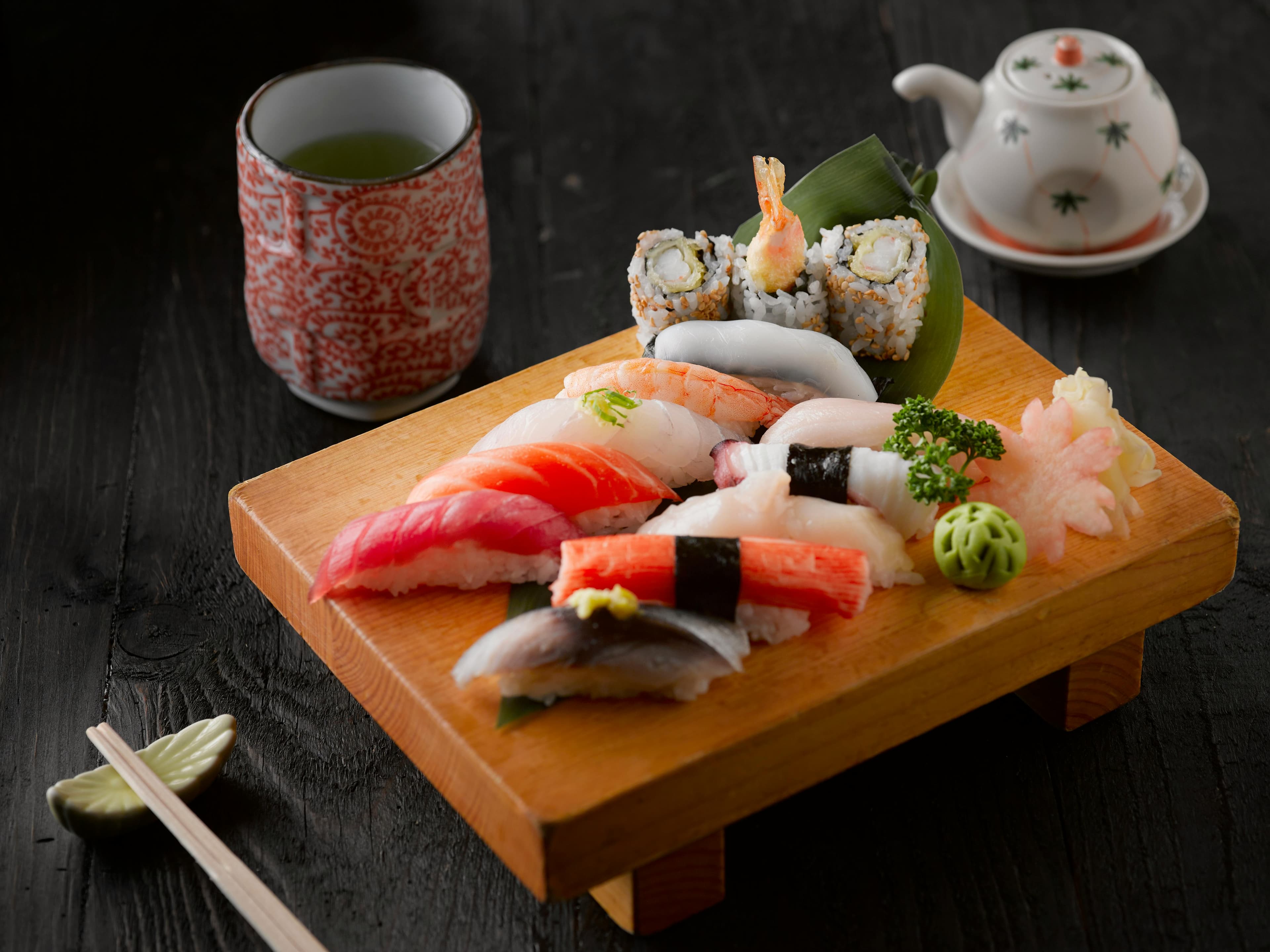 5.Japanese Cuisine
5.Japanese CuisineThe Japanese cuisine has given us so much it's hard to even find a place to start. You've got your sushi, ramen, udon, edamame, mochi balls, tempura, soba, bento boxes, sukiyaki, gyoza, onigiri, yakisoba, miso soup... They could be number one on this list based on the sushi alone!
- 1
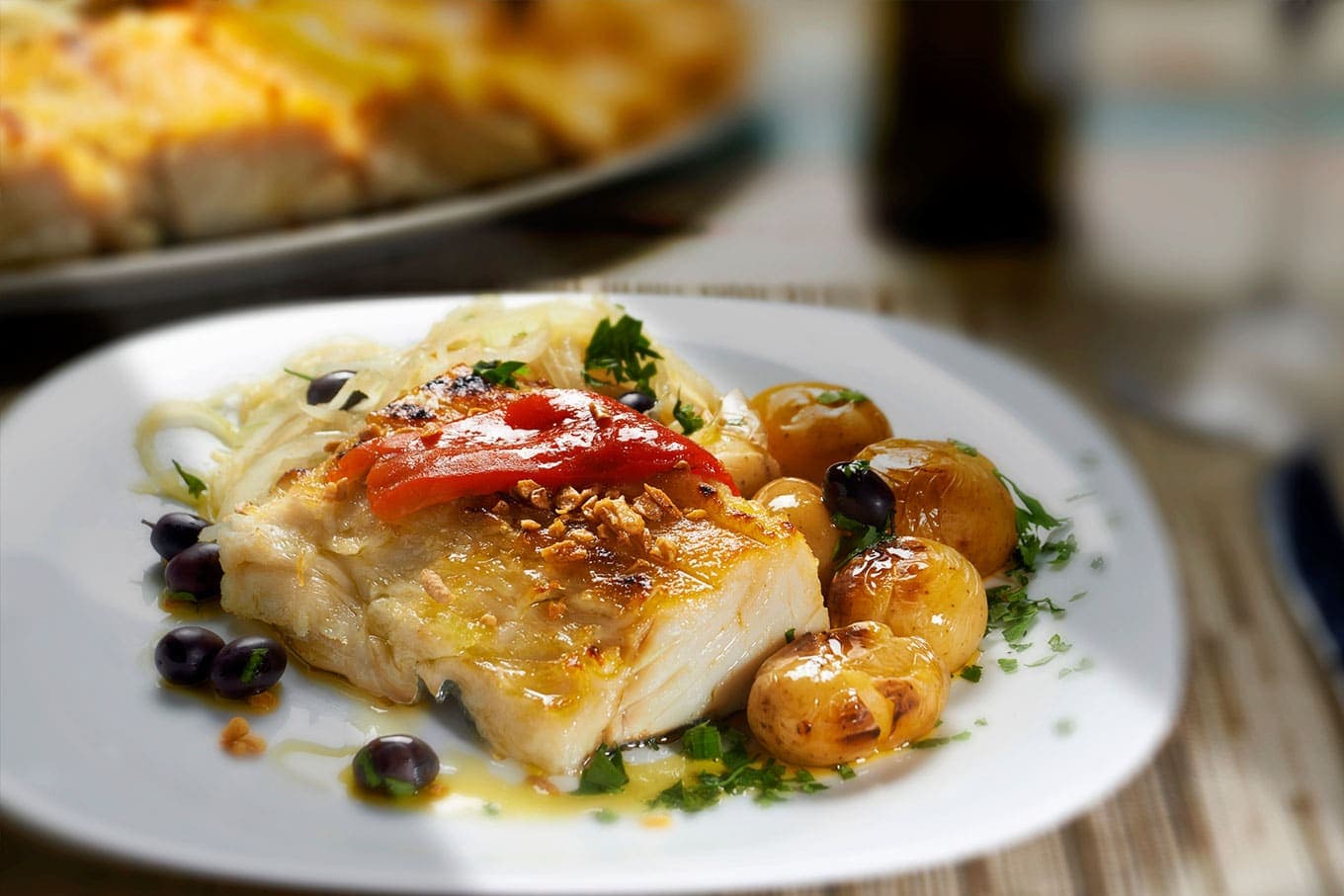 6.Portuguese Cuisine
6.Portuguese CuisinePortuguese cuisine stands as a prime contender for the title of the best food in the world, thanks to its rich culinary traditions, emphasis on fresh ingredients, and a harmonious blend of flavours that reflect its historical maritime prowess. Here's a compelling argument that underscores why Portuguese food deserves this accolade: Diversity Influenced by History and Geography Portuguese food is a palimpsest of the various cultures that have interacted with Portugal over centuries. From the Age of Discoveries when Portuguese explorers brought back spices from Africa and Asia, to the integration of New World crops such as tomatoes and potatoes, the cuisine reflects a synthesis of global flavours uniquely blended with traditional Iberian techniques. This historical melding of east and west, north and south, makes Portuguese cuisine not only diverse but uniquely rich and varied. Focus on High-Quality, Fresh Ingredients At the heart of Portuguese cuisine is the use of fresh, high-quality ingredients. The country's extensive coastline provides an abundance of fresh seafood, from sardines and bacalhau (dried and salted cod) to octopus and various shellfish, which are staples in the Portuguese diet. The emphasis on fresh, local produce and the traditional farming and fishing techniques enhance the natural flavours of the ingredients, allowing for dishes that are both simple and profoundly satisfying. Culinary Techniques that Enhance Flavour Portuguese cooking methods themselves are a testament to a culinary tradition that prioritises flavour. The use of 'cataplana' (a clam-shaped cooker) seals in the flavours and juices of the ingredients, while techniques such as grilling over charcoal infuse dishes with a smoky richness that is hard to replicate. The simplicity of seasoning, primarily using piri-piri (small fiery chillies), garlic, and olive oil, underscores the natural tastes of the ingredients rather than overpowering them.
- 3
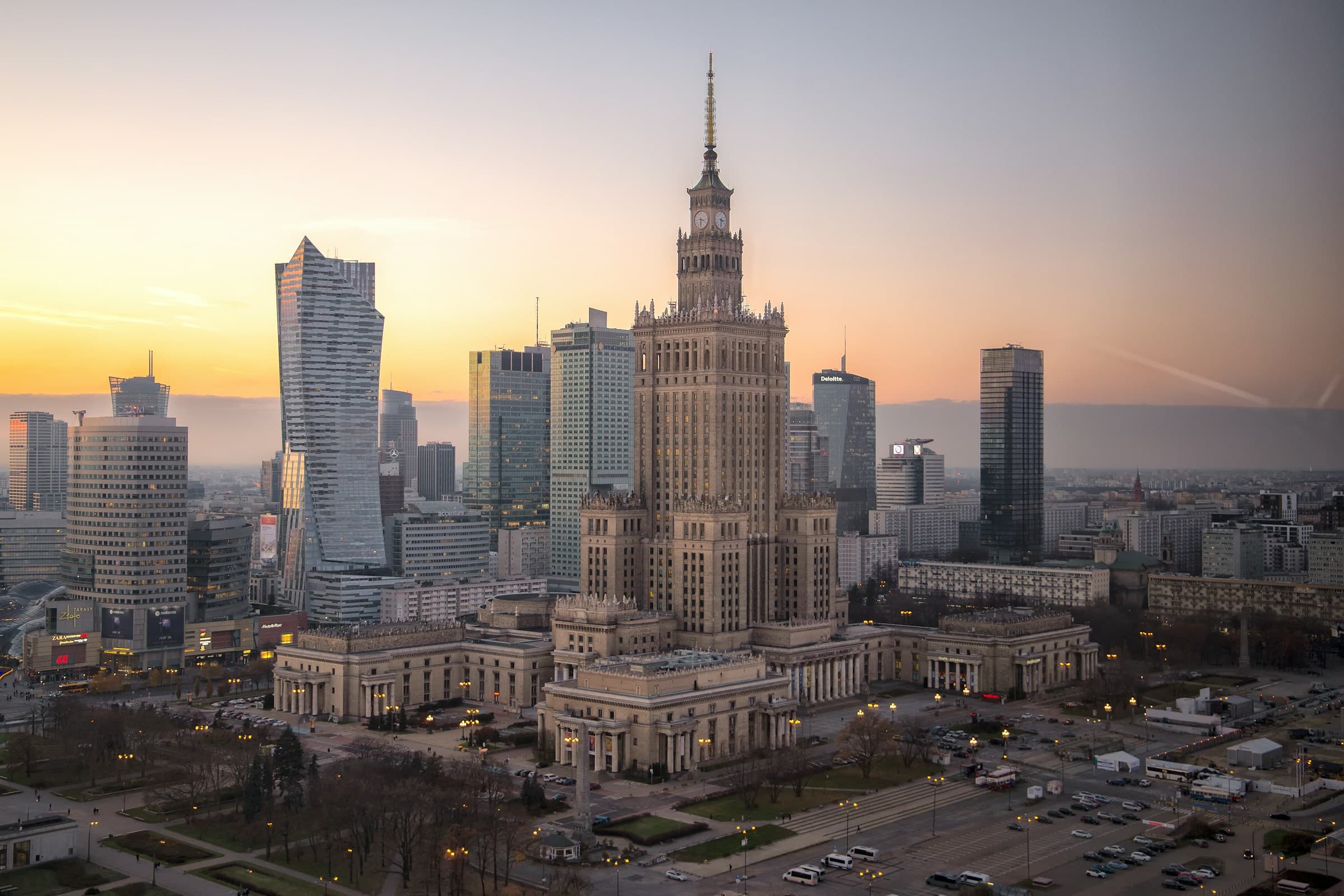 1.Warsaw, Poland
1.Warsaw, PolandWarsaw is the capital of Poland, sitting on the Vistula River in the east-central part of the country. With nearly 1.9 million people in the city and over 3 million in the wider metropolitan area, it’s Poland’s biggest city. It’s a place where old and new collide—modern skyscrapers stand next to rebuilt historic districts, and its skyline is a mix of glass towers and ornate churches. The Old Town, destroyed in World War II and painstakingly rebuilt, is now a UNESCO World Heritage Site. Walking through its cobblestone streets, you’ll find the Royal Castle and the colorful Market Square. Not far off is the Royal Route, a stretch of old palaces, churches, and the Presidential Palace, leading down to the grand Wilanów Palace and its gardens. Despite the scars of war—most of the city was flattened during WWII—Warsaw bounced back fast. The post-war communist era left a mark with grey apartment blocks and the towering Palace of Culture and Science, a gift from the Soviet Union that’s still one of the tallest buildings in Poland. Now, Warsaw’s business district is full of sleek glass skyscrapers, including the Varso Tower, the tallest in the EU. Green spaces are everywhere. Łazienki Park, home to peacocks and the Chopin monument, is a popular spot for Sunday strolls. The Vistula Riverbanks are packed with bars and cycling paths in summer. Even with its urban sprawl, about a quarter of the city is covered by parks and forests. Warsaw’s history is complicated. It was once a cultural melting pot, with a large Jewish community before the Holocaust. The city remembers that past with places like the POLIN Museum and the remnants of the Warsaw Ghetto. It also honors its wartime resistance, especially the 1944 Warsaw Uprising, with monuments and the powerful Uprising Museum. The city’s cultural life is rich. It hosts jazz festivals, classical concerts (especially anything Chopin-related), and has a buzzing nightlife. Food-wise, you’ll find everything from traditional Polish pierogi and hearty soups to modern vegan spots and Michelin-starred restaurants. There’s even a strong café culture, with old-school spots alongside trendy coffee bars. Weather in Warsaw is typical for Central Europe—cold, snowy winters and warm, sometimes stormy, summers. Spring and autumn can be mild and pleasant, though the weather can change quickly. In short, Warsaw is a city of contrasts. It’s got a tragic past but a vibrant present, blending historic charm with modern energy. Whether you’re wandering through its parks, exploring museums, or sipping coffee along the river, there’s plenty to take in.
- 2
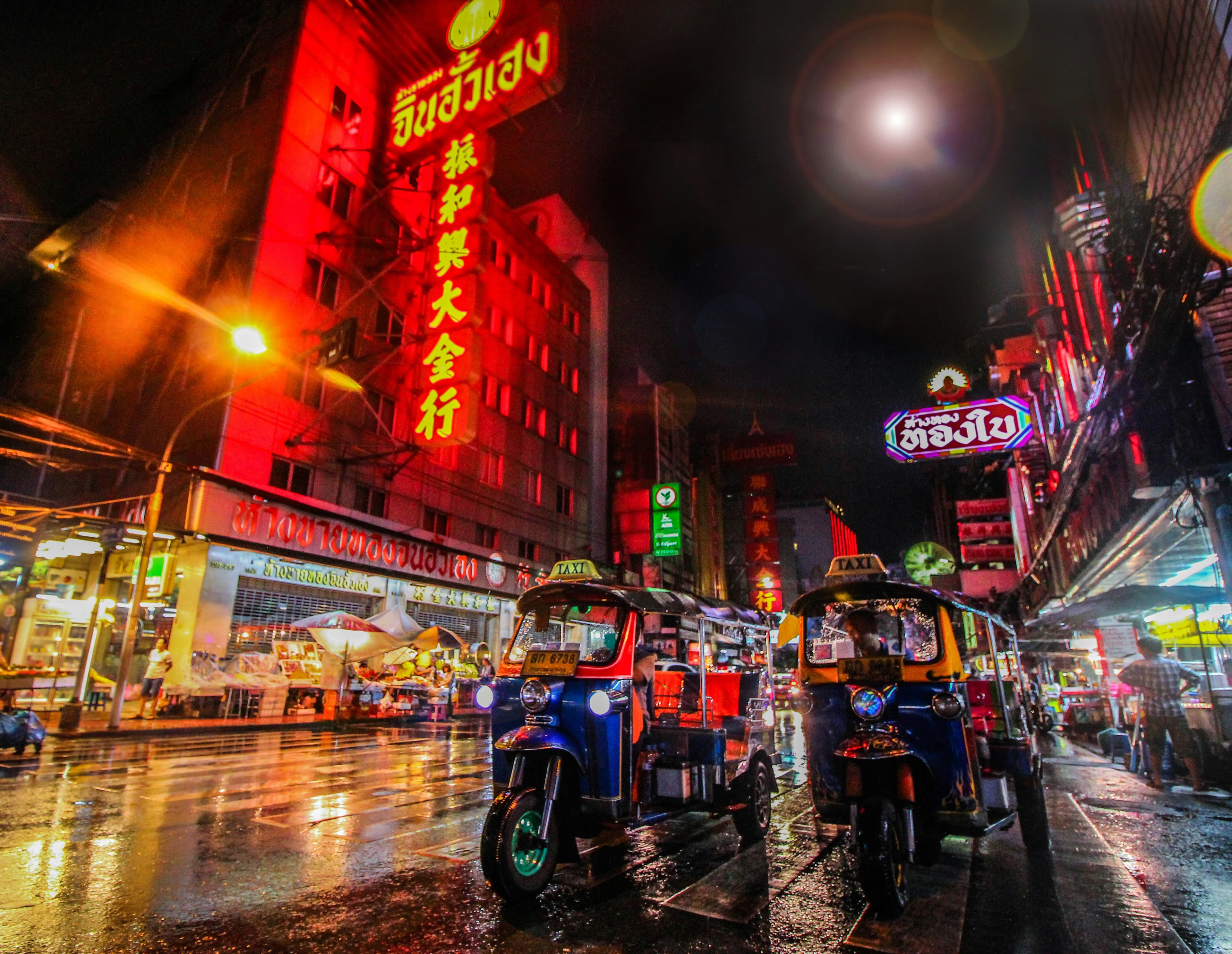 2.Bangkok, Thailand
2.Bangkok, ThailandBangkok is the capital of Thailand and its biggest city. It sits along the Chao Phraya River in central Thailand, spreading out over a large area with nearly 9 million people living in the city itself and over 17 million in the surrounding region. It’s a place that mixes old traditions with modern life. On one side, you’ve got ancient temples like Wat Pho and Wat Arun, and on the other, you’ve got massive shopping malls and skyscrapers. The city has been around for a long time, starting as a small trading post in the 15th century. It became the capital in 1782 when King Rama I moved it to the eastern bank of the river. Over the years, Bangkok has seen a lot—colonial pressures, modernization, political protests, and economic growth. It really took off in the 1980s and 1990s when foreign companies started setting up shop there. Bangkok is known for being busy and full of life. The streets are packed with cars, motorbikes, and tuk-tuks, which often leads to heavy traffic. Despite efforts to improve public transportation with skytrains and subways, traffic jams are still a common headache. The air can get polluted, but things have improved since the 1990s. Tourism plays a huge role in the city. People from around the world come to see places like the Grand Palace or enjoy the street food. Markets like Chatuchak and floating markets offer everything from clothes to local snacks. Khao San Road is popular with backpackers, full of budget hostels, bars, and street vendors. The city has a vibrant culture. Festivals like Songkran (Thai New Year) turn the streets into massive water fights, and during Loi Krathong, people float little boats with candles on the water. Bangkok also has a wild nightlife scene, ranging from lively bars to well-known red-light districts. There are two sides to Bangkok—modern malls, luxury hotels, and fine dining on one side, and narrow alleyways with street food stalls and local markets on the other. It’s a city that can feel overwhelming with the heat, traffic, and crowds, but it’s also full of energy, surprises, and contrasts.
- 2
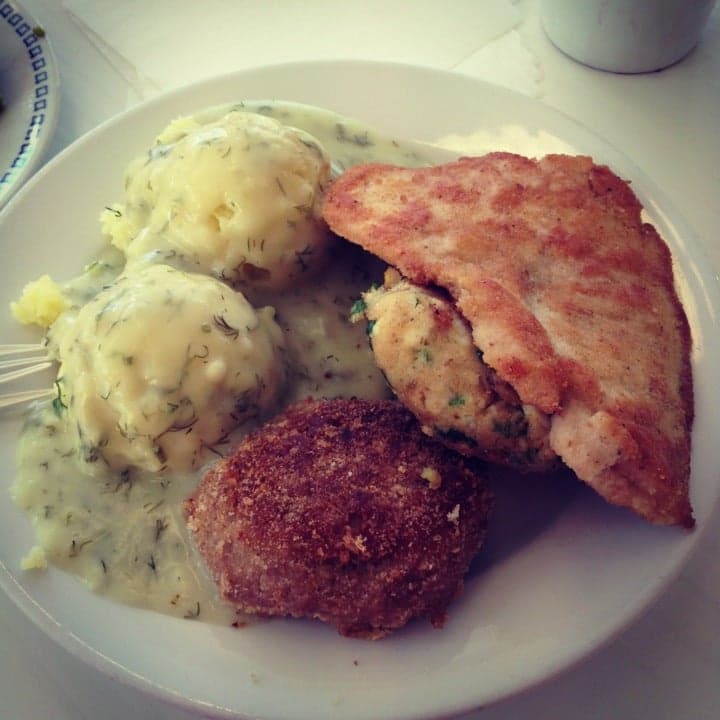 1.Bar Mleczny Słoneczny
1.Bar Mleczny SłonecznyAn authentic Polish milk bar. Cheap and delicious. Serves typical Polish foods. Probably the most affordable place in the center of Gdynia. Can get crowded at lunch time.
- 0
 2.Ogniem i Piecem
2.Ogniem i PiecemAffordable, casual pizza place in the center of Gdynia. They serve pizza by the slice, breakfasts, pastas and cakes. It's dog-friendly, has good music, friendly atmosphere and a vaguely "street style" hip vibe.
- 2
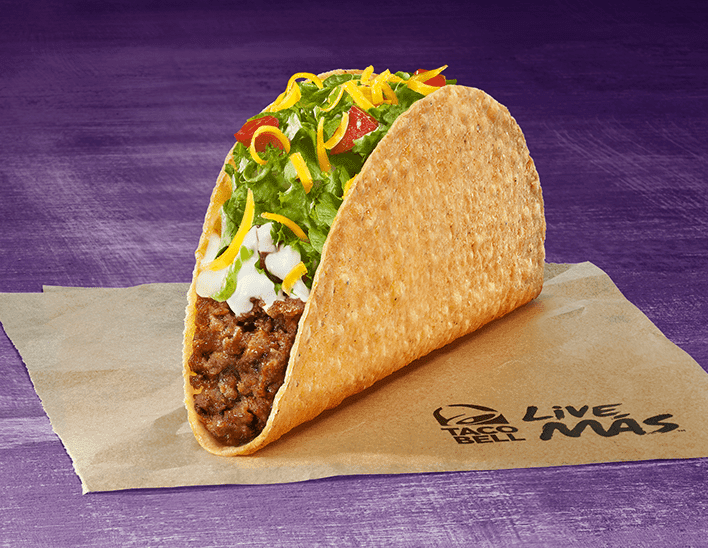 2.Taco Bell
2.Taco BellTaco Bell is a fast-food chain from the U.S. that serves Mexican-inspired food. You’ll find things like tacos, burritos, nachos, and quesadillas on the menu, plus some of their own creations like the Crunchwrap Supreme and Doritos Locos Tacos. They’re known for mixing up flavors with American-style ingredients, so don’t expect something like you’d find at an authentic Mexican place—it’s more of a quick, grab-and-go option with lots of cheese, sauces, and seasoned meats. The first Taco Bell opened in 1962 in California, started by Glen Bell. He got the idea after seeing how popular a local Mexican restaurant was. Since then, it’s grown huge, with thousands of locations not just in the U.S. but in many countries around the world. Most of the stores are run by independent owners, not directly by the company. The menu changes a lot. They’ll bring in limited-time items and have tried everything from breakfast offerings to vegan options. They also have a value menu with cheap eats if you’re on a budget. Some of their restaurants, called "Cantinas," serve alcohol and have a more modern vibe, especially in city areas. Taco Bell has done plenty of quirky promotions over the years, like offering free tacos if a base is stolen during the World Series or letting people get married at their flagship Las Vegas location. It’s the kind of place people either go to when they want something quick and filling or when they’re craving something salty and cheesy late at night.
- 1
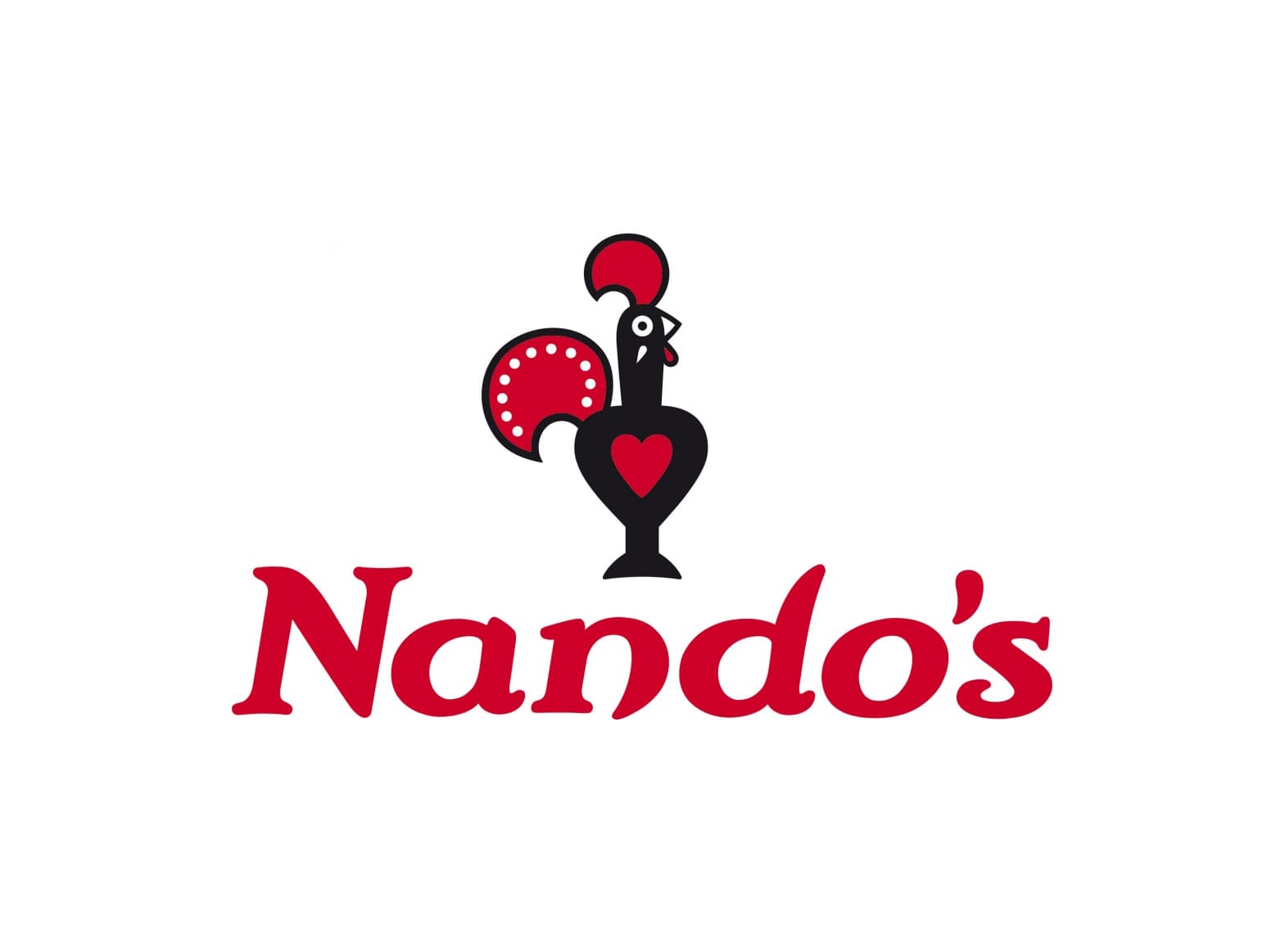 3.Nando's
3.Nando'sNando’s stands out as the best fast-food restaurant by successfully combining casual dining with high-quality, flavourful food that boasts a unique cultural heritage. Renowned for its flame-grilled piri-piri chicken, the restaurant’s roots in Southern African-Portuguese cuisine provide a distinctive spicy twist that sets it apart from typical fast-food offerings. Nando’s emphasises freshness and quality, marinating their chicken for 24 hours in their signature "peri-peri" sauce which customers can select based on their preferred spice level. This personalised spice choice, coupled with a vibrant and welcoming ambiance, makes Nando’s not just a place to eat, but a culinary experience. The brand's commitment to sustainability and ethical sourcing, including their use of higher welfare chickens and eco-friendly practices, resonates well with a globally-conscious clientele, further establishing its reputation as not only a food chain but a responsible corporate citizen.
- 2
 1.U.S. Embassy Warsaw
1.U.S. Embassy WarsawThe U.S. Embassy in Warsaw is on Aleje Ujazdowskie, surrounded by other embassies and government buildings. It’s a large, modern building with tight security. The embassy handles visas, helps U.S. citizens, supports American businesses, and works on diplomatic relations with Poland. It also promotes cultural exchanges and coordinates military cooperation between the two countries. Most people go there for travel documents or official matters. It’s straightforward—focused on diplomacy, paperwork, and keeping U.S.-Poland ties strong.
- 0
 1.Zaxby's Menu
1.Zaxby's MenuWhen it comes to fast food, there are a few brands that consistently stand out in the minds of food lovers across the globe. Wendy's, Zaxby’s, and Taco Bell have all earned loyal followings due to their diverse and mouth-watering menu offerings. Whether you're craving a juicy burger, crispy chicken, or bold Mexican-inspired dishes, these restaurants have something for everyone. Let's dive into the menus of each and explore what makes them unique!
